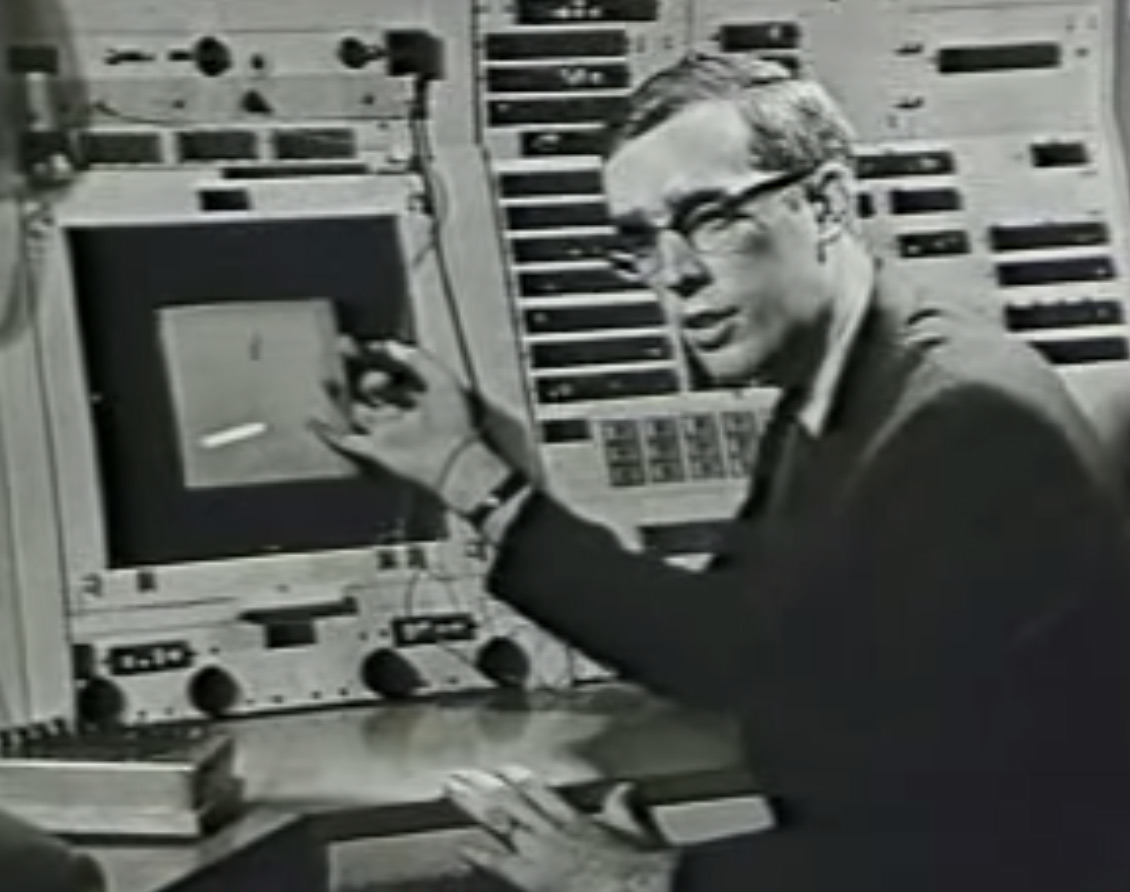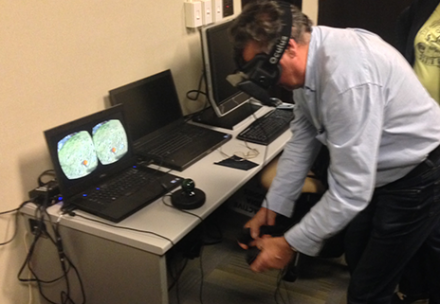Before There Was Illustrator…

Ivan E. Sutherland, in 1963, changed the relationship between human and computer. While an Electrical Engineering doctoral student at MIT, he developed Sketchpad, the first computer program to use a graphic user interface (GUI). Human-computer interaction was born.
As Sutherland explains, “The Sketchpad system makes it possible for a man and a computer to converse rapidly through the medium of line drawings….In the past, we have been writing letters to rather than conferring with our computers.” Sutherland recognized that using a light-sensitive pen and the 9 inch display of the TX-2 computer—then found at MIT’s Lincoln Laboratory—the user could draw directly on a display screen. Not only that but the resulting strokes could be manipulated on the screen using set rules, locked into a single image, moved around, copied to build more complex images, even stored in a library to be used later. And all of this could happen in real time facilitated by a general user without programming expertise.
Through Sketchpad, Sutherland threw open the doors of the computing castle to engineers and designers [the abstraction of computing power]. He made a short film of his discovery called “Sketchpad: A Man-Machine Graphical Communication System,” which became a cult classic in computer research circles. CAD programs and Object Oriented Programming later sprang from the ideas he introduced.

